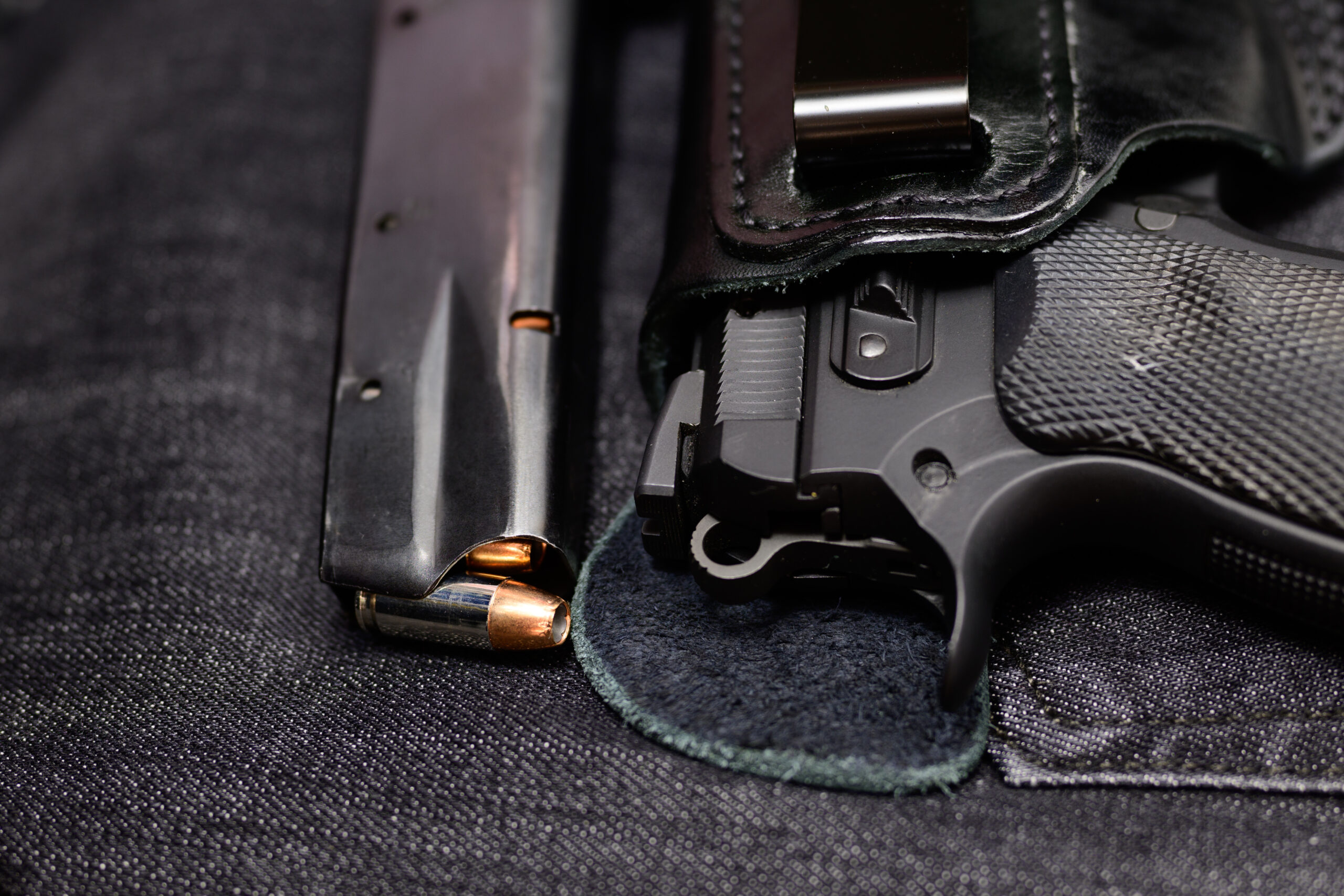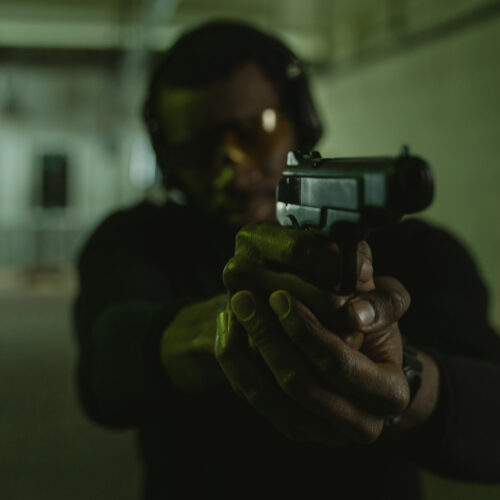$350.00
Date:
Saturday: 11/4/23
Sunday: 11/5/23
Address: 200 W. Joppa Rd Suite 101 Towson, MD 21704
Description
A Wear and Carry Permit course is typically designed to provide individuals with the knowledge and skills necessary to obtain a permit to carry a concealed firearm or weapon in a specific jurisdiction. The course content may vary depending on local laws and regulations, but here is a general course description:
Course Title: Wear and Carry Permit Training
Course Duration: The duration of the course can vary but often ranges from 8 to 16 hours of instruction, including both classroom and range time.
Course Objectives:
- Firearm Safety: The course begins with a comprehensive overview of firearm safety principles, emphasizing safe handling, storage, and transportation of firearms. Students learn to treat every firearm as if it’s loaded and understand the importance of keeping the firearm pointed in a safe direction at all times.
- Legal Requirements: Students will be educated on the specific laws and regulations related to concealed carry in their jurisdiction. This includes understanding where and when it is legal to carry a concealed firearm, prohibited locations, and the use of force laws.
- Firearms Fundamentals: This section covers the basic principles of marksmanship, including grip, stance, sight alignment, and trigger control. Students learn how to safely load and unload their firearms and perform basic firearm manipulations.
- Firearm Selection: Students are guided through the selection process for a concealed carry firearm, including factors such as caliber, size, and type of firearm suitable for their needs and comfort.
- Live-Fire Range Training: Participants will have hands-on experience at a firing range under the guidance of certified instructors. They will practice shooting techniques, target acquisition, and engage in live-fire exercises to develop their marksmanship skills.
- Holstering Techniques: Proper methods of holstering and drawing a concealed firearm are taught, emphasizing safety and efficiency. This includes different carry positions (e.g., appendix, hip, shoulder) and holster options.
- Situational Awareness: The course may cover the importance of situational awareness, conflict avoidance, and de-escalation techniques to help students avoid potentially dangerous situations.
- Use of Force and Self-Defense: Students will learn the legal principles surrounding the use of force in self-defense, including the concept of proportionality and the duty to retreat (if applicable in their jurisdiction).
- Emergency Response: In case of a defensive encounter, students will be educated on what to do immediately after a self-defense situation, including contacting law enforcement and interacting with first responders.
- Legal Considerations: Participants will gain insights into the potential legal and civil consequences of using a firearm in self-defense. They will learn about the importance of having appropriate insurance coverage and legal representation.
- Permit Application Process: The course often includes guidance on the application process for obtaining a Wear and Carry Permit, including necessary documentation, fees, and fingerprinting.
- Continuing Education: Some courses may recommend or offer ongoing training opportunities to help permit holders maintain and improve their skills.
It’s important to note that the specific curriculum and requirements for a Wear and Carry Permit course may vary by jurisdiction, so individuals interested in obtaining such a permit should check with their local law enforcement agency or regulatory authority for the most up-to-date information on course requirements and eligibility criteria. Additionally, students must often pass a written exam and demonstrate safe firearm handling skills to successfully complete the course.
**Shoot a qualification course of fire. 70% rating to qualify.**


